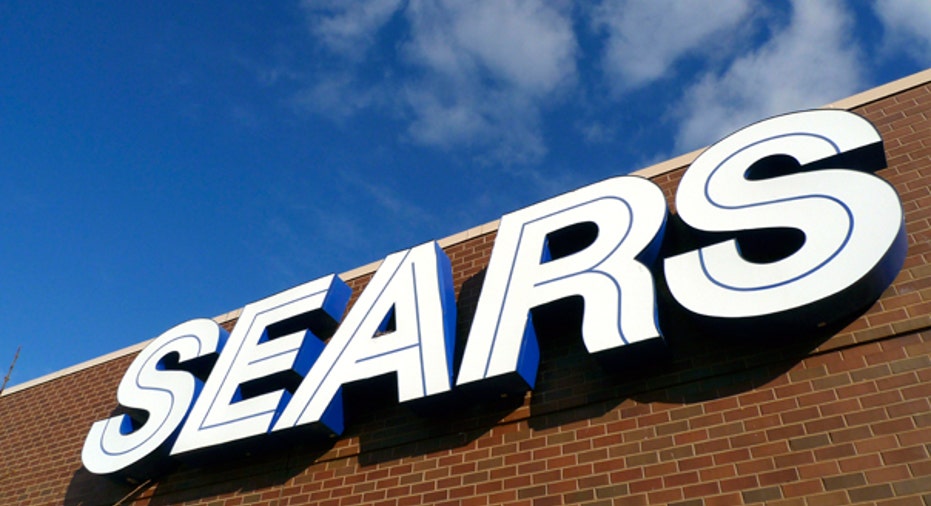The Private Exchange Alternative: How it Compares to Public Health Exchanges

With just a few weeks left until the government’s state and federal health-care exchanges formally launch, companies are continuing to navigate their way through the new law. And as they work to become compliant privately-run company exchanges have become more popular, and experts are divided as to whether these marketplaces are a win or loss for consumers.
Several big corporations, including Sears (NASDAQ: SHLD) and Darden (NYSE:DRI) announced last year that they plan to move their employees into private exchanges for group insurance coverage. More recently, IBM (NYSE:IBM) and Time Warner (NSYE:TWX) announced they will move retirees into privately-run company exchanges as well, and could eventually move their current workers into the same model.
And while private exchanges are still a minority in the marketplace, new research shows that by 2017, private exchange participation will approach public exchange enrollment levels. Research from global management consulting firm Accenture predicts projects nearly 18% of the American public will purchase insurance through these employer and insurance-run marketplaces, and that one in four employers are expressing interest in these exchanges.
These private exchanges are a result of companies looking to lessen the cost burden of retiree health-care coverage, says Susan Dentzer, senior policy adviser to the Robert Wood Johnson Foundation.
“This has been a long-term trend, of companies slowly getting out of the business of offering coverage for retirees. A number of years ago, companies were required to put these liabilities on the books, and they woke up and realized how big these commitments were,” Dentzer says. “Companies decided not to have an open-ended benefit plan and moved toward a defined contribution model, giving retirees a fixed amount of money and sending them to buy coverage.”
The exchanges are separate and non-related to Obamacare exchanges, she adds.
Many companies, both large and small, will be interested to see how federally-run exchanges are executed before deciding if the private model would work well for their employees and bottom line, she says.
“Companies are in a wait-and-see mode,” Dentzer says. “They are looking at private exchanges and the marketplaces under the [health law] to see how they develop. For consumers, private exchanges offer more options. They could have four to 10 providers to choose from whereas at a smaller company they may have just one or two.”
And it’s important to note that while larger companies have been at the forefront of offering these private exchanges, smaller businesses shouldn’t rule out the option. The Northeast Business Group has a Health Pass program that helps small businesses to offer affordable insurance options for workers, says Paul Howard, director and senior fellow at the Center for Medical Progress at the Manhattan Institute.
In fact, Howard says private company-run marketplaces can be attractive to consumers because they can bundle coverage for health care, auto, home to get better rates.
“It’s a great option for employees to give them more personalization and choice in their health plans,” he says. “This encourages employees and insurers to stay in a long-term relationship and also encourages the insurer to focus on wellness, keep [beneficiaries] healthy and to keep costs down.”
Such exchanges also encourage consumers to make smarter choices on their own, he says.
“For decades, health-care costs have been rising faster than inflation, GDP or wage growth. When it comes to employee premiums for health insurance, higher premium costs mean less take home pay and other non-health benefits,” Howard says. “By putting more power in employees’ hands to choose personalized health-insurance options, private insurance exchanges can help employees pick the right plans for themselves and their families.”
These exchanges, if done right, could drive down insurance premiums and encourage providers to be more efficient, he says.
“That will also leave more money in workers’ paychecks—that’s a win for employees and employers,” Howard says.
But Devon Herrick, senior fellow at the National Center for Policy Analysis, cautions that lower-wage workers may fare better in government-run exchanges, thanks to ObamaCare’s subsidies. The subsidies will be available for those with incomes at about 400% of the poverty level and below.
“If you are a low-wage worker, or even a moderate-wage worker, you may do better in the federal exchange because of the subsidies, which limit your premiums to roughly 2% of your annual income,” he says.
Regardless, interest in the exchange format is undeniable, says Herrick.
“We are already seeing these things crop up because the law creates requirements and regulations on what employers have to do,” he says. “We are already seeing larger companies partner with insurance companies and consultancies to more easily manage benefits.”